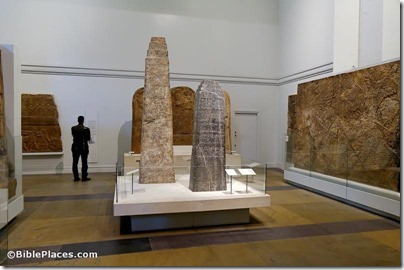The BBC has an interesting piece on how they protect their seven million objects from six million visitors annually. Threats include curious hands, inadvertent bumps, and chewing gum.
David Saunders, head of conservation and scientific research at the museum, said there had been very little malicious damage.
“The most worrying thing is people bumping into them,” he said.
“On a busy Saturday the museum can be very crammed and we obviously keep things in cases but not everything can be cased.
“Massive statues and architectural monuments can’t be so these have to be on open display.”
To protect them, the placement of every object is carefully considered.
Those that are vulnerable to breaking, such as porcelain statues, are placed in cases while bigger objects are placed behind a screen.
The FOI figures also show several objects – including a first century Roman marble statue and a Middle-eastern alabaster statue had to have chewing gum removed from them.
“It’s a strange thing to do, to stick a piece of chewing gum on an object,” said Mr Saunders.
“It’s very easy to remove and although we think of chewing gum as being something that is extremely sticky, it doesn’t pull away the surface when you remove it… [but] it’s a nuisance.
“Anything that has a surface where we absolutely would not want a piece of chewing gum attached to it we wouldn’t have on display.”
The full article is here. In my opinion, the British Museum is the best in the world for students of the Bible. An excellent guide is that by Peter Masters.
HT: Jack Sasson
